
What is the EU Bisphenol Ban (EU) 2024/3190 Test?
The EU prohibits the use of Bisphenol A, other harmful bisphenols, or bisphenol derivatives in food contact materials. The detection limit must reach 1 ppb. China's JJR Laboratory can provide screening for 30+ bisphenol substances migration, all with a detection limit of 1 ppb.
Background of the Service
On December 31, 2024, the Official Journal of the European Union officially published the Bisphenol Ban (EU) 2024/3190. The ban comes into effect on January 20, 2025, and is currently in a transition period.
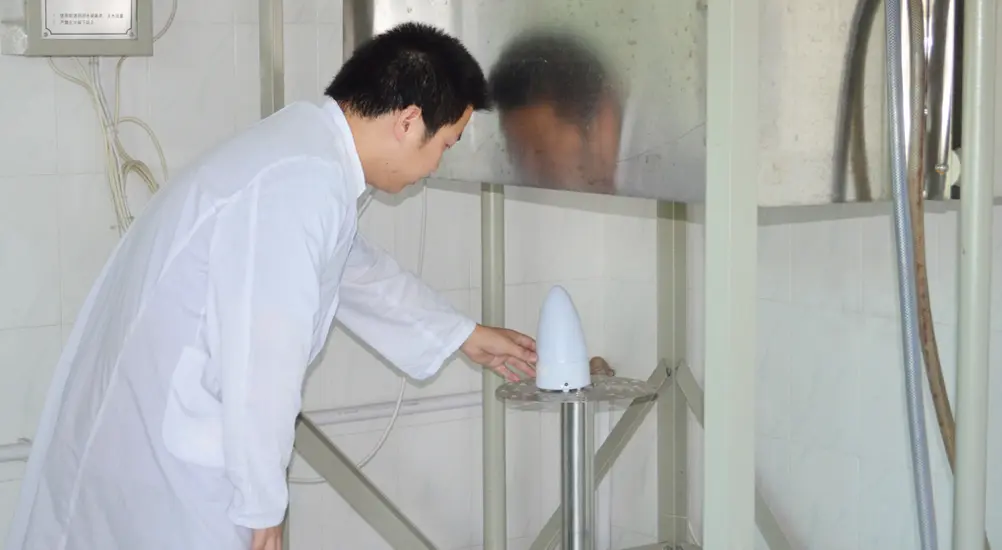
Transition Period of the Ban:
The vast majority of products will be officially regulated from July 20, 2026 (a transition period of 1.5 years), while a small number of products (such as disposable fruit and seafood packaging cans, metal outer wall coatings, and professional food production equipment) have a transition period until January 20, 2028 (a 3-year transition period).
Core Content of the Ban:
The use of Bisphenol A, other harmful bisphenols, or bisphenol derivatives is prohibited in food contact materials unless exemptions or authorizations apply. The detection limit must reach 1 ppb (1 μg/kg). Apart from the retail stage, companies must provide a Declaration of Compliance (DOC) and a list of bisphenols or bisphenol derivatives used in the manufacture of FCM.
EU Bisphenol Ban (EU) 2024/3190
I. Applicable Product Scope
Adhesives, rubber, ion exchange resins, plastics, printing inks, silicone, and varnishes and coatings used for food contact.
II. Regular Sample Quantity Requirements
Sheet material: 400 cm²; Containers: 4 pieces.
III. Evaluation Standard
(EU) 2024/3190
IV. Testing Items
30+ bisphenol substances migration (detection limit of 1 ppb each)
China JJR Testing Solutions
- Screening of 30+ bisphenol substances migration
- Consultation and training on EU Bisphenol Ban
- Bisphenol A testing in Europe, the US, Japan, and South Korea
Our Advantages
▪ Equipped with advanced instruments and certified by CMA/CNAS, ensuring accurate and reliable testing data and internationally credible test reports.
▪ A team of technical experts with extensive practical experience, providing professional, fast, and comprehensive one-stop services.
▪ Scientific laboratory information management system to ensure efficient operation of each service link.
Frequently Asked Questions
1. Does the ban only regulate Bisphenol A?
No. It includes Bisphenol A, other harmful bisphenols, and bisphenol derivatives.
2. Why do different institutions detect different numbers of bisphenol items?
EU 2024/3190 does not list specific bisphenol substances, but provides a structural diagram of bisphenols and their derivatives. In practice, there are many bisphenol substances. Typical examples include BPA, BPS, BPF, etc. (This issue is similar to perfluoroalkyl substances, PFAS.)
3. Does compliance with the French Bisphenol A Act mean compliance with the new EU regulation?
Not necessarily. The main difference lies in the detection limit. France: 0.1 mg/kg; EU: 1 ppb (1 μg/kg). 1 mg/kg = 1000 ppb.
4. Which materials are high-risk? How should companies screen and control various materials?
High-risk materials include PC, PEI, PSU (filter membrane exempted), PESU, Bisphenol A type epoxy resin, epoxy coatings, and certain inks.
Considering the extremely low detection limit of 1 ppb, some materials may theoretically be bisphenol-free, but contamination during manufacturing cannot be ruled out. Therefore, it is recommended to screen all organic materials in the initial stage. Establish a database to identify high-risk materials. In routine testing later, focus on materials identified as high-risk.
5. The outer coating of metal cans does not contact food. Can Bisphenol A be used?
No. Outer coatings may contaminate food via smearing or vapor transfer. However, the outer coatings have a transition period of 36 months (until January 20, 2028). Companies need to find BPA-free alternatives as soon as possible.
Email:hello@jjrlab.com
Write your message here and send it to us
 Toy Toxicology Testing CA
Toy Toxicology Testing CA
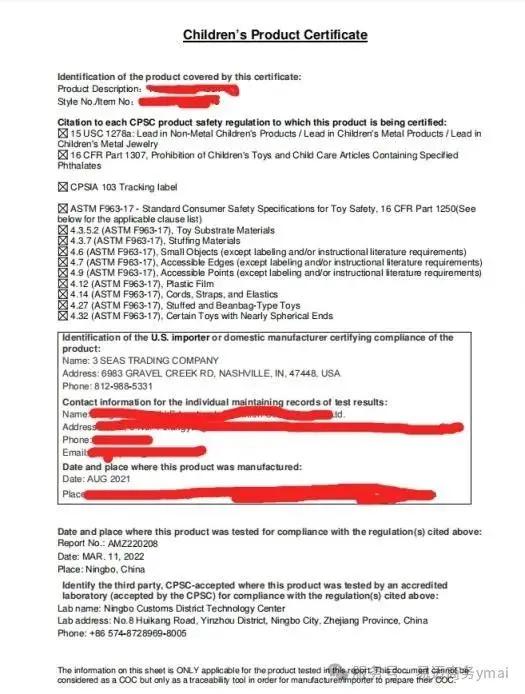 CPSIA Compliance for Children's Products
CPSIA Compliance for Children's Products
 Food Contact Items Testing
Food Contact Items Testing
 Energy Star Testing Laboratory
Energy Star Testing Laboratory
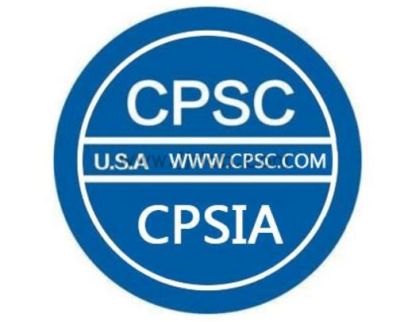 Do I Need to Test Every Color for CPSIA Compliance
Do I Need to Test Every Color for CPSIA Compliance
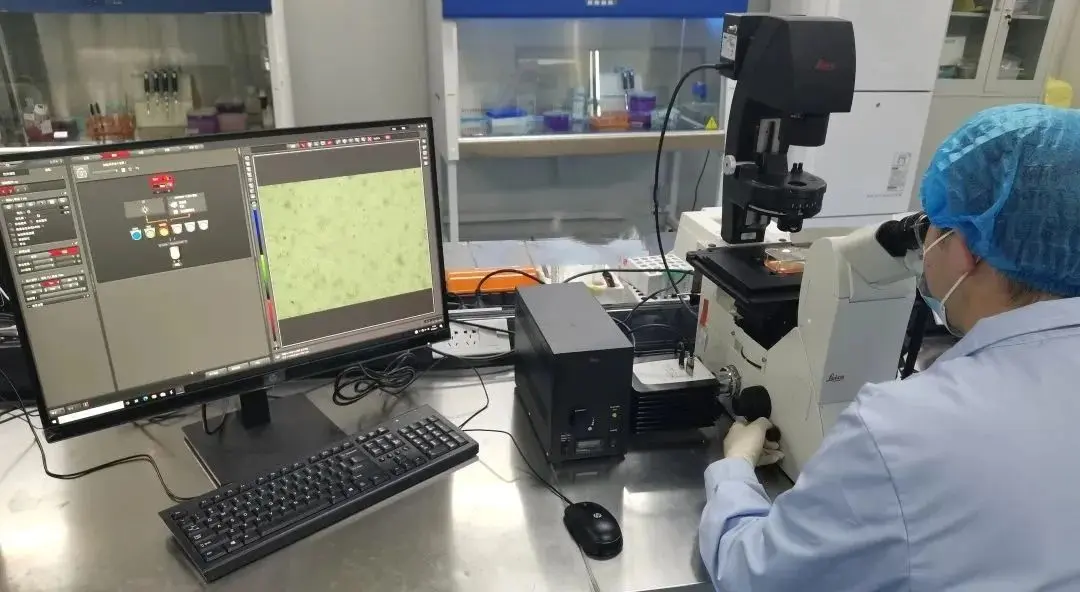 Accredited Medical Device Testing Lab
Accredited Medical Device Testing Lab
 Safety Testing for Baby Wrap
Safety Testing for Baby Wrap
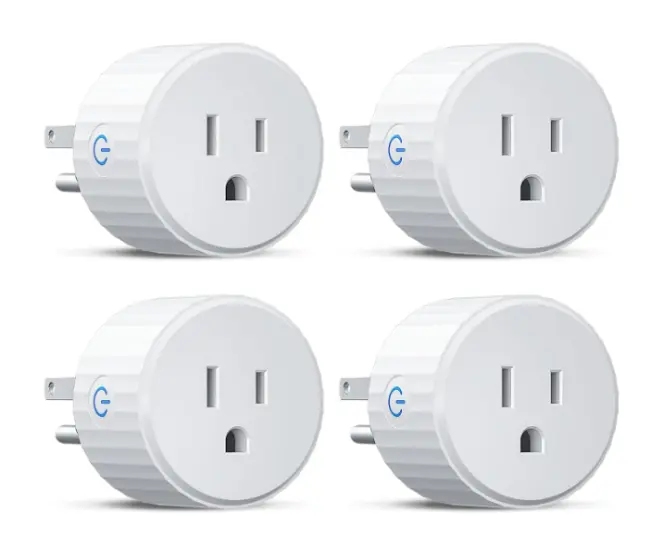 United States Electrical Plug Certification
United States Electrical Plug Certification
Leave us a message
24-hour online customer service at any time to respond, so that you worry!




